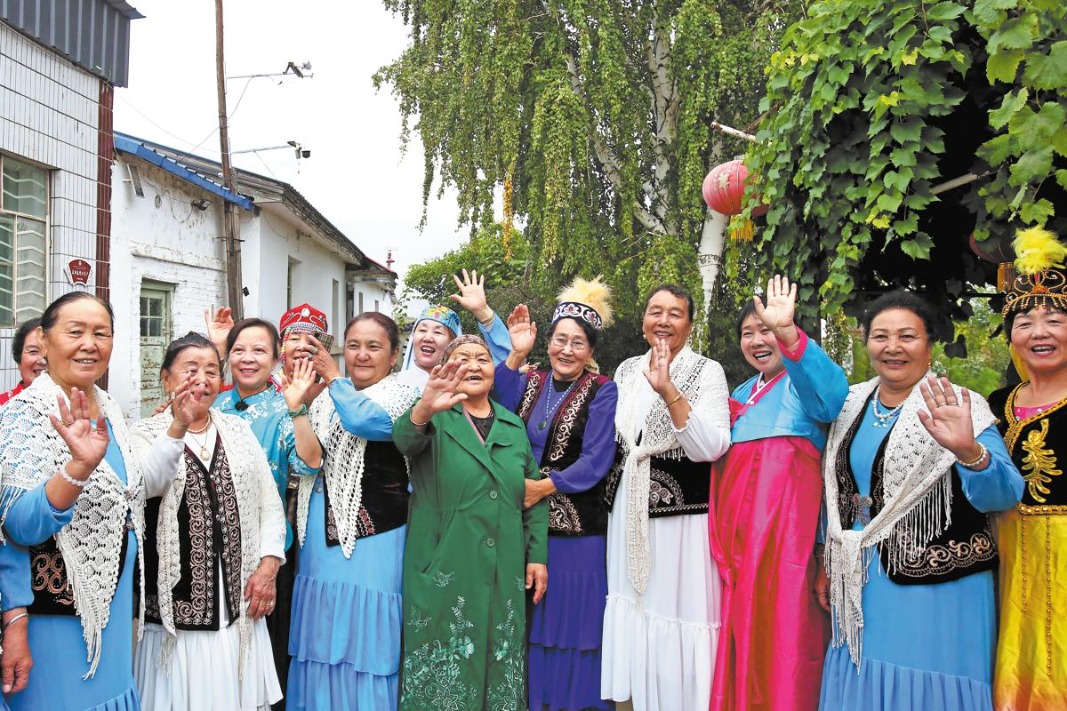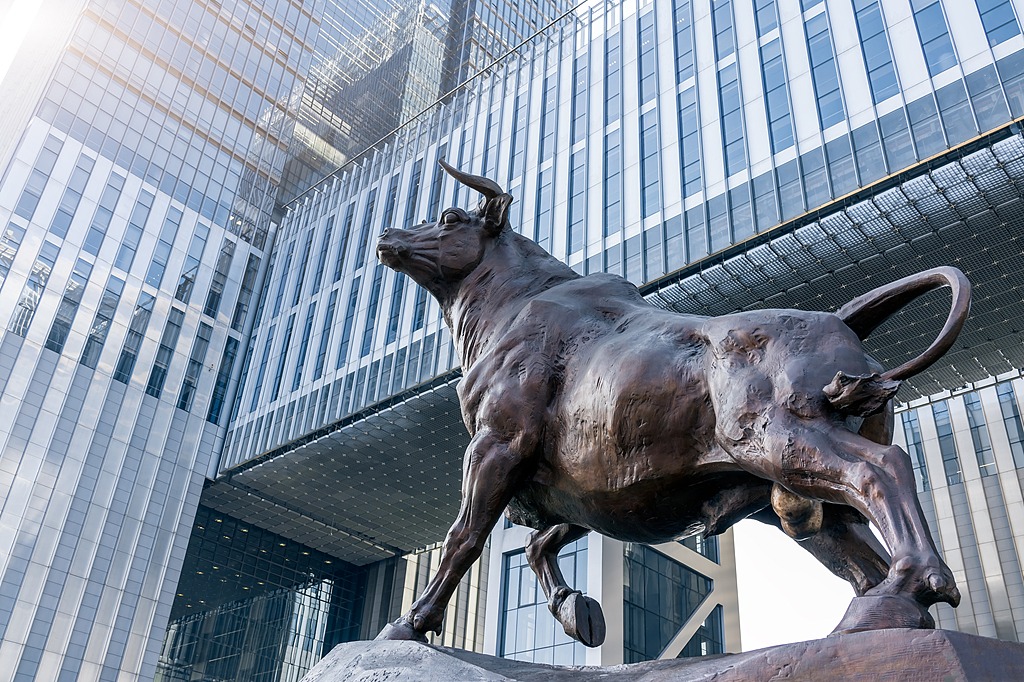'Patient capital' boosts new quality productivity


The resolution on further deepening reform, adopted on July 18 at the third plenary session of the 20th Central Committee of the Communist Party of China, proposed that "we will encourage and regulate the development of angel investment, venture capital, and private equity investment, better leverage the role of government investment funds, and work to promote the development of patient capital." The term "patient capital" has drawn widespread attention.
Patient capital refers to a form of capital that focuses on long-term investments, as opposed to short-term speculative capital. This type of capital seeks long-term returns and usually involves investments in start-ups, infrastructure projects, or projects that take a longer time to yield benefits.
Following the global financial crisis in 2008, the global economy continued to slump. To address the situation, Yan Wang of the World Bank and I published an article in the first issue of the Journal of Developmental Finance in 2017, titled "New Structural Economics: Using Patient Capital as a Comparative Advantage".
From the perspective of new structural economics, we pointed out that long-term patient capital investments can clear the economic growth bottlenecks in infrastructure, increase investment demand in the short term to address economic downturns, and enhance the potential and quality of economic growth in the long run. Such investments are beneficial for stabilizing the economy and increasing employment in the short term, and are conducive to high-quality development in the long run.
The idea of using patient capital investments to clear the infrastructure bottlenecks as a response to economic downturns caused by crisis shocks was summarized from China's approach and experience in dealing with the Asian financial crisis in 1997-98. At that time, affected by the Asian financial crisis, China's exports, investments, economic growth and employment sharply declined.
The government set a goal of "maintaining 8 percent" growth, issued construction bonds, and stabilized growth with large-scale construction of highways. China's economic growth quickly recovered to over 8 percent, and it achieved an average annual growth rate of 11 percent from 2002 to 2008. As the infrastructure bottlenecks were cleared, the increase in the retail price of goods remained at a low inflation level of 1.8 percent during the same period.
Infrastructure projects are characterized by large scale, long cycles, capital intensity and high sunk costs, requiring a long time to complete and generate returns. Just as labor varies due to different levels of human capital, capital, too, is heterogeneous.
In 2017, we proposed the distinction between "patient capital" and "impatient capital". Lenders of patient capital are not interested in short-term arbitrage but are willing to see the borrower achieve higher development in the future, thereby obtaining favorable returns in the long run. Owners of patient capital, similar to equity investors, are willing to withstand risks and invest in the real economy, innovative projects, infrastructure and unlisted companies or projects for a long term.
The "patient" period refers to 10 years or even longer. Providers of patient capital include (foreign and domestic) direct investors, entrepreneurs, venture capitalists, national pension funds, sovereign wealth funds (such as the Silk Road Fund), multilateral development banks (such as the World Bank, Asian Development Bank, Asian Infrastructure Investment Bank), some country-specific development banks, green funds, private equity infrastructure funds and long-term government bond purchasers.
In times of global economic crises, China is adept at mobilizing its comparative advantage in patient capital to clear infrastructure bottlenecks and achieve a win-win situation. China has also provided a large number of overseas loans through the Export-Import Bank of China and the China Development Bank to support the infrastructure construction of countries participating in the Belt and Road Initiative and countries in Africa and Latin America.
These projects help the recipient countries build infrastructure to clear bottlenecks, develop industrial parks, protect the environment, develop resources, promote economic growth, increase exports, and create jobs. The emergence of new multilateral or regional development banks and funds after 2015, such as the AIIB, New Development Bank and the Silk Road Fund, as well as other unlisted infrastructure or sovereign wealth funds, is very encouraging, as it injects positive energy and momentum into the development of the global economy.
In recent years, China has been attaching great importance to new multilateralism, sharing Chinese wisdom, experience and solutions with the world, which have benefited the global economy. In the accelerated evolution of a century of unprecedented changes, cooperation provides win-win solutions for sustainable development and world peace.
The recent meeting of the Political Bureau of the CPC Central Committee advocated for "strengthening patient capital", which is also beneficial in leveraging China's cultural advantages in valuing long-term investments, increasing research and development in emerging and future industries, providing funds for the development of new quality productive forces, and for green and sustainable development projects, contributing to China's high-quality development.
The author is an economist with the National School of Development and Institute of New Structural Economics, Peking University.
The views don't necessarily reflect those of China Daily.
If you have a specific expertise, or would like to share your thought about our stories, then send us your writings at opinion@chinadaily.com.cn, and comment@chinadaily.com.cn.


































